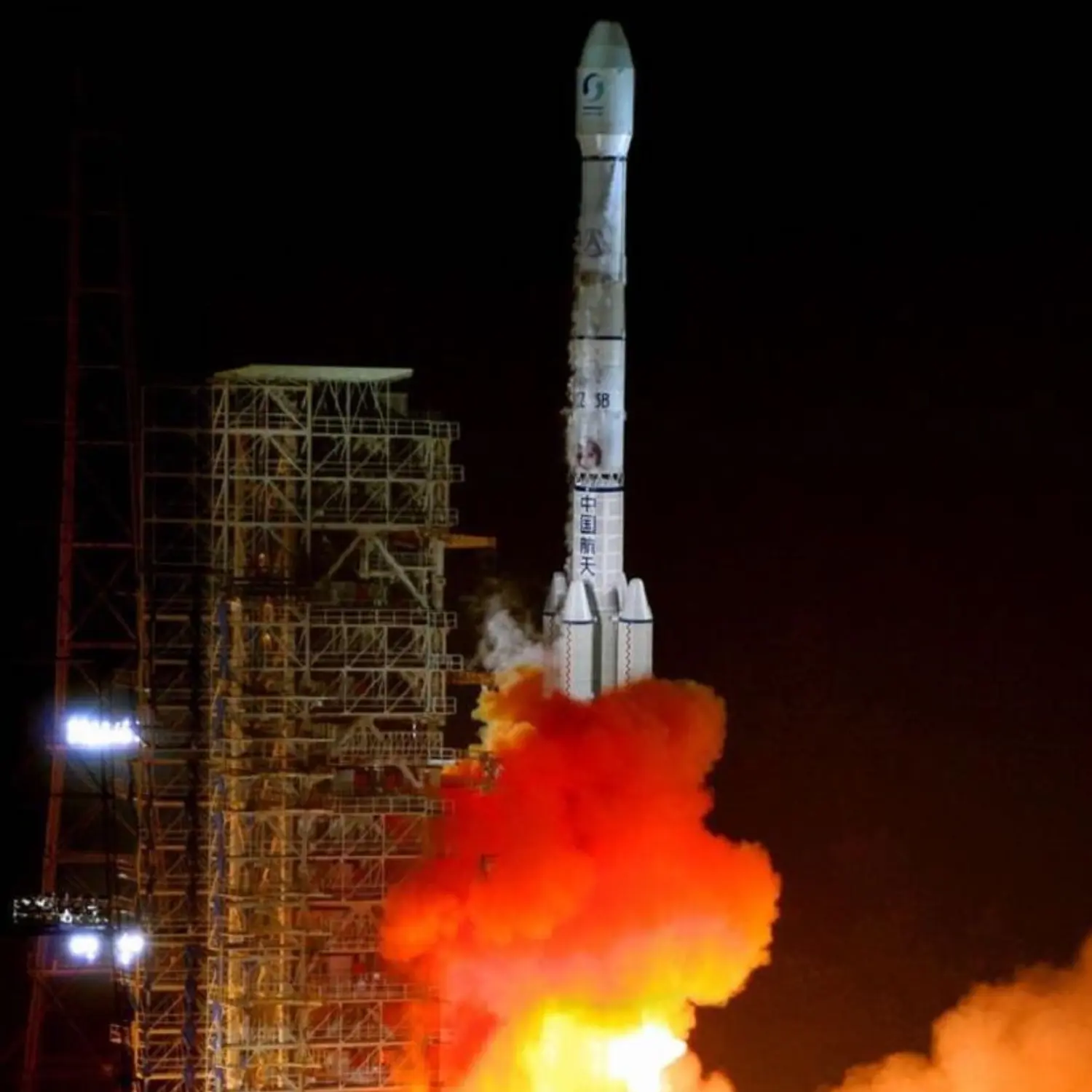/
Palapa-D
Launch Partial Failure
Liftoff Time (GMT)
09:28:00
Monday August 31, 2009
Mission Details
Read Article
Launch Notes
Ice blockage in the third-stage engine caused a performance shortfall, leaving the payload in a lower-than-planned orbit. The satellite maneuvered with its own propulsion system, reaching geosynchronous transfer orbit on 3 September 2009 and geostationary orbit on 9 September 2009.
Palapa-D
PT Indosat Tbk appointed in July 2007 Thales Alenia Space to build and launch the Palapa-D satellite. Palapa-D, which was launched during the second half of 2009, replaced the aging Palapa-C2 satellite at 113º East. Based on the Thales Alenia Space Spacebus-4000B3 platform, the Palapa-D satellite has a larger capacity compared to the Palapa-C2 satellite of which it has 24 standard C-band, 11 extended C-Band, and 5 Ku-band transponders, with coverage of Indonesia, ASEAN countries, Asian countries, Middle East and Australia. Palapa-D satellite will have a launch mass of 4.1 tons, a payload power of 6 kW, and a service lifetime of 15 years. Indosat appointed Thales Alenia Space to build and launch the Palapa-D satellite through a tender process in which Indosat invited several potential experienced manufacturers from domestic and international. Indosat based the appointment of Thales Alenia Space on its capability to meet Indosat's requirements and its ability to provide competitive and comprehensive communications solutions. Indosat and Thales Alenia Space have jointly selected the Long March 3B as the launch vehicle for the Palapa-D satellite.
Geostationary Transfer Orbit
1 Payload
4,100 kilograms
Rocket


Agency
CASCRocket
Height: 54.84m
Payload to Orbit
LEO: 11,500 kg
GTO: 5,100 kg
Liftoff Thrust
5,924 Kilonewtons
Fairing
Diameter: 4m
Height: 9.56m
Stages
3
Strap-ons
4
Launch Site
Stats
Long March 3
43rd
Mission
2nd
Mission of 2009
2009
49th
Orbital launch attempt